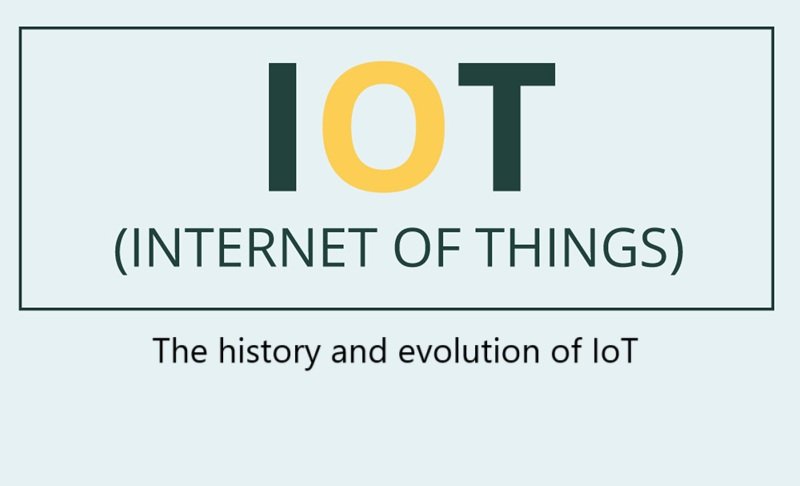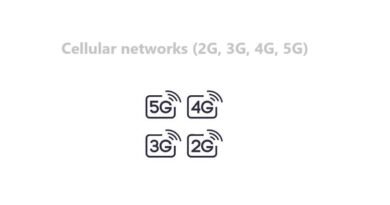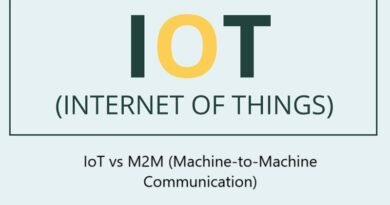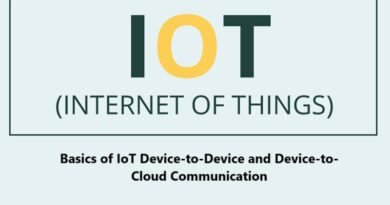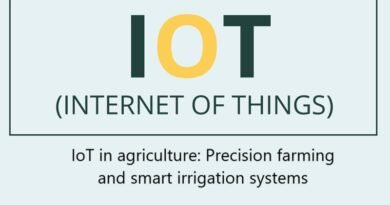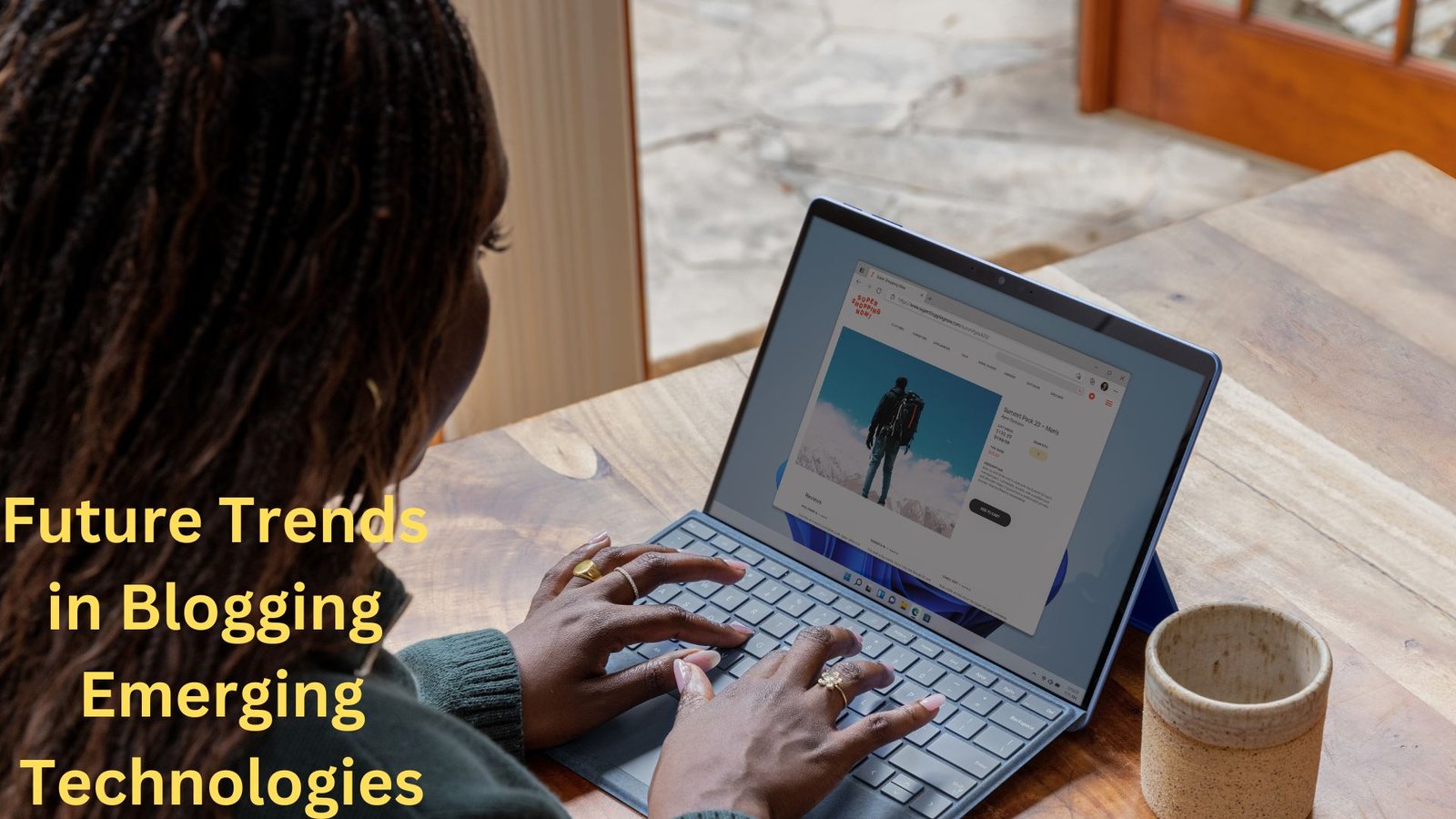The History and Evolution of IoT
The Internet of Things (IoT) is one of the most transformative technological advancements in recent decades, but its development spans several decades of innovation, experimentation, and vision. IoT has evolved from the concept of interconnected devices to a highly sophisticated system that connects billions of devices, all capable of collecting, sharing, and processing data. The evolution of IoT has shaped many aspects of daily life, from smart homes and healthcare to agriculture and transportation.
In this article, we will explore the history and evolution of IoT, tracing its journey from its early conceptual stages to the present day and beyond.
Early Beginnings: 1960s to 1990s
The roots of IoT can be traced back to the 1960s, when the concept of machine-to-machine communication first emerged. At that time, the idea was limited to basic automation systems that could communicate with each other. The vision of an interconnected world of devices, however, would take several more decades to materialize.
1960s – The Concept of Connected Devices
- Cybernetics and Automation: In the 1960s, the term “cybernetics” emerged, referring to the study of systems, control, and communication in machines and animals. This field set the stage for the idea of machines or devices communicating with each other.
- First Instances of Networking: Early technologies, such as sensors and simple control systems, were used in industries like manufacturing and automation, allowing machines to communicate in rudimentary ways.
1970s – The Advent of Smart Machines
- Early Machine Communication: During this period, early experiments in machine communication started to emerge. The AUTOMATIC SYSTEMS in industrial settings would often rely on data sensors to communicate feedback or trigger certain actions.
- The First Internet of Things-Related Concept: In 1977, the concept of a networked appliance was introduced when Graham Bell demonstrated a system in which devices could communicate over a shared network.
1980s – The Rise of Networking
- The Internet Begins: The 1980s saw the rise of the Internet. The development of TCP/IP (Transmission Control Protocol and Internet Protocol) in the early 1980s laid the foundation for the networking of devices. This would later be a crucial development for the IoT ecosystem.
- Embedded Systems: In the late 1980s, embedded systems were introduced in consumer appliances and machines, such as early smart thermostats and automated factory systems. These systems began using sensors to gather data, but their connectivity was still very limited.
The 1990s – The Emergence of IoT Concepts
The 1990s was a transformative decade for IoT, with key technological advancements and visionary ideas that would pave the way for the IoT as we know it today.
1990 – The Term “Internet of Things” Is Coined
- Mark Weiser’s Ubiquitous Computing: In 1991, Mark Weiser from Xerox PARC (Palo Alto Research Center) coined the term “ubiquitous computing,” which referred to the idea of embedding computers into everyday objects, making them smart and connected. This concept would later evolve into the Internet of Things.
- Early IoT Experimentations: Researchers started experimenting with connecting devices to the Internet. One of the first examples was a Coca-Cola vending machine at Carnegie Mellon University, which was connected to the internet in 1993. The machine could tell if the drinks were cold or not and if it was stocked with the desired beverage. This was one of the first examples of machine-to-machine (M2M) communication.
Late 1990s – The Vision of Smart Objects
- The First Connected Objects: The late 1990s saw more experimentation with connected objects, often through basic sensors and actuators. This included early applications of RFID (Radio Frequency Identification) and the vision of “smart homes.”
- RFID Technology: The use of RFID technology was an important step in connecting objects to networks. RFID tags allowed objects to be uniquely identified and tracked, enabling the automation of systems like supply chains and inventory management.
Early 2000s – The Development of IoT Networks and Standards
In the early 2000s, the foundational technologies for IoT began to mature. Wireless communication technologies, such as Wi-Fi, Bluetooth, and Zigbee, started to gain popularity, making it easier to connect devices to each other and the Internet.
2000 – Introduction of Key IoT Technologies
- Wireless Communication: The early 2000s saw the advent of wireless communication protocols such as Bluetooth and Wi-Fi, which enabled the widespread connection of devices to the Internet and each other. This helped drive the adoption of IoT in consumer electronics.
- The Vision of Smart Homes: The concept of smart homes started to gain traction, with devices like smart thermostats, security cameras, and lighting systems being introduced. These devices could be controlled remotely via smartphones, marking the early stages of home automation.
2008-2009 – The Birth of IoT
- The Term “Internet of Things” is Popularized: Although the concept of IoT had existed for some time, it was in 2008-2009 that the term “Internet of Things” began to be widely adopted. The Radio Frequency Identification (RFID Journal ) has helped spread the term, focusing on the growing use of RFID in tracking and connecting physical objects.
- IPv6 and IoT: The introduction of IPv6, a new version of the Internet Protocol, solved the problem of limited IP addresses, which had been a barrier to the widespread connection of devices. With IPv6, the number of available addresses for devices increased exponentially, paving the way for billions of devices to be connected.
2010s – IoT Becomes Mainstream
The 2010s marked the real explosion of IoT as we know it today, with an increasing number of connected devices and platforms that allowed individuals and businesses to deploy IoT solutions at scale.
2010 – The Rise of Smart Devices
- Smartphones and IoT: The introduction of smartphones in the late 2000s and early 2010s helped drive the proliferation of IoT. These devices became the interface through which users could control and interact with IoT systems, such as smart homes and wearables.
- IoT Platforms: The development of cloud-based platforms, such as Amazon Web Services (AWS) IoT, Google Cloud IoT, and Microsoft Azure IoT, made it easier for businesses to develop, deploy, and manage IoT applications.
2014-2015 – IoT Reaches a Billion Devices
- IoT Devices Boom: By the mid-2010s, the number of IoT devices exceeded 1 billion and continued to grow rapidly. The proliferation of connected sensors, wearables, and consumer electronics led to a significant expansion of IoT applications in areas like healthcare, manufacturing, and transportation.
- Wearables and Health Monitoring: IoT devices like Fitbit and Apple Watch became popular, driving the growth of IoT in healthcare. These devices collected and analyzed personal health data, such as steps walked, heart rate, and sleep patterns, offering new opportunities for remote patient monitoring and health analytics.
2016-2018 – Industrial IoT and Smart Cities
- Industrial IoT (IIoT): The rise of Industry 4.0 marked the beginning of the Industrial Internet of Things (IIoT). This focused on the use of IoT in manufacturing, logistics, and supply chain management to optimize production processes, improve safety, and reduce costs.
- Smart Cities: The concept of smart cities gained traction in urban planning, with cities integrating IoT technologies to optimize energy use, manage traffic, and monitor air quality. For example, cities like Barcelona and Singapore began to deploy IoT technologies to improve the quality of life for residents and visitors.
2020s and Beyond – The Future of IoT
The current decade has witnessed the further advancement of IoT with the rise of 5G networks, AI integration, and edge computing. These innovations are enhancing the capabilities of IoT devices, making them more intelligent, responsive, and interconnected.
Key Trends in the Future of IoT
- 5G Networks: The rollout of 5G is expected to significantly enhance IoT performance by providing faster data transfer speeds, lower latency, and improved connectivity for millions of devices. This will enable real-time communication between devices, critical for applications like autonomous vehicles, remote surgery, and real-time industrial monitoring.
- Edge Computing: With IoT devices generating massive amounts of data, edge computing allows data processing to happen closer to the device itself, reducing the need for centralized cloud processing and enabling faster decision-making.
- AI and Machine Learning Integration: Artificial intelligence (AI) and machine learning (ML) will play a major role in analyzing and extracting insights from the vast amounts of data generated by IoT devices. AI will help make IoT systems more intelligent, enabling predictive maintenance, smarter automation, and improved personalization.
Conclusion
The history and evolution of IoT is a testament to human ingenuity and the relentless drive to connect the world. From the early days of machine communication in the 1960s to the explosion of connected devices in the 2020s, IoT has transformed from a niche concept to a global phenomenon. As the technology continues to evolve, IoT will undoubtedly continue to reshape industries and improve the way we live, work, and interact with the world around us. The future of IoT holds immense potential, with limitless possibilities for innovation, efficiency, and improved quality of life.
